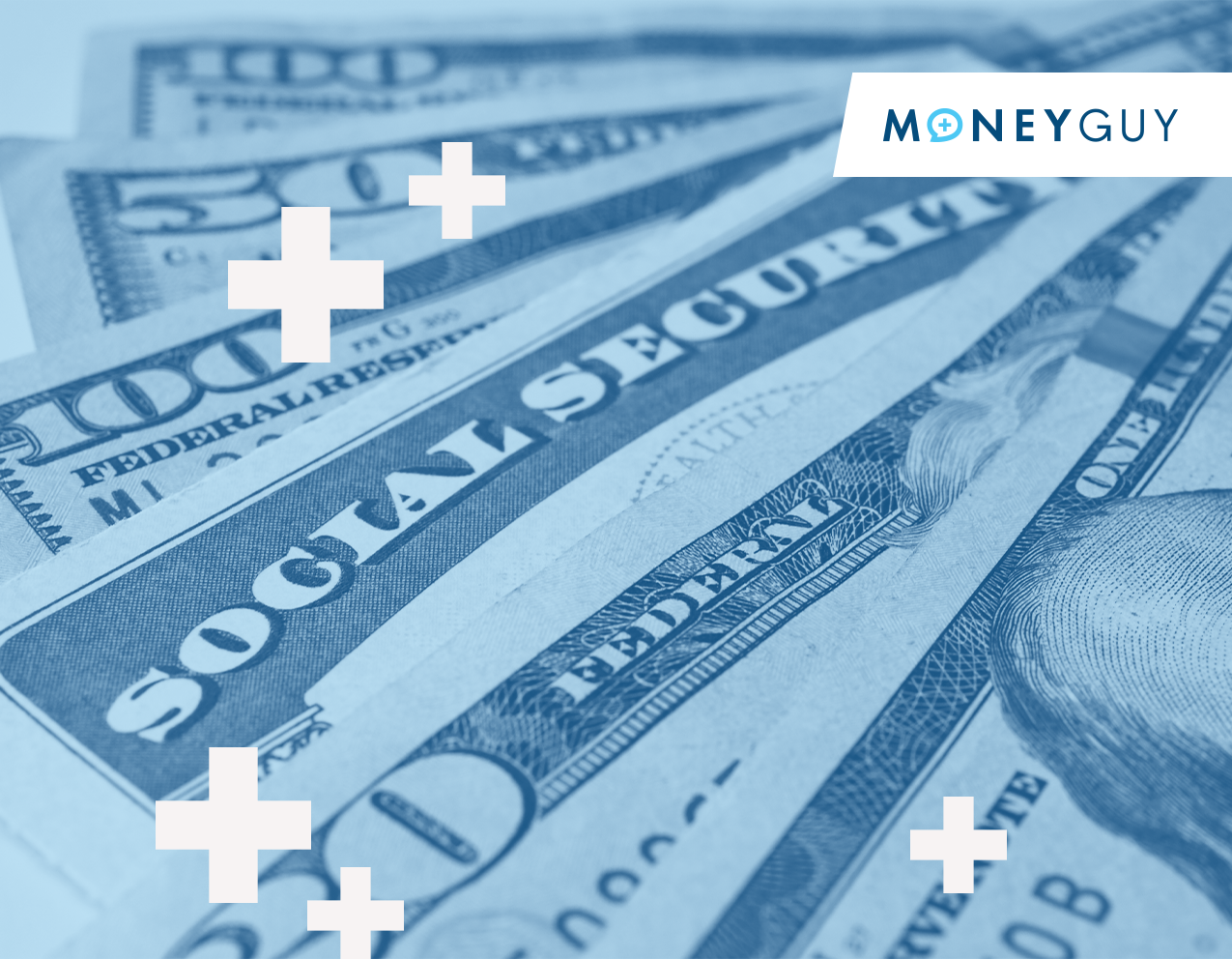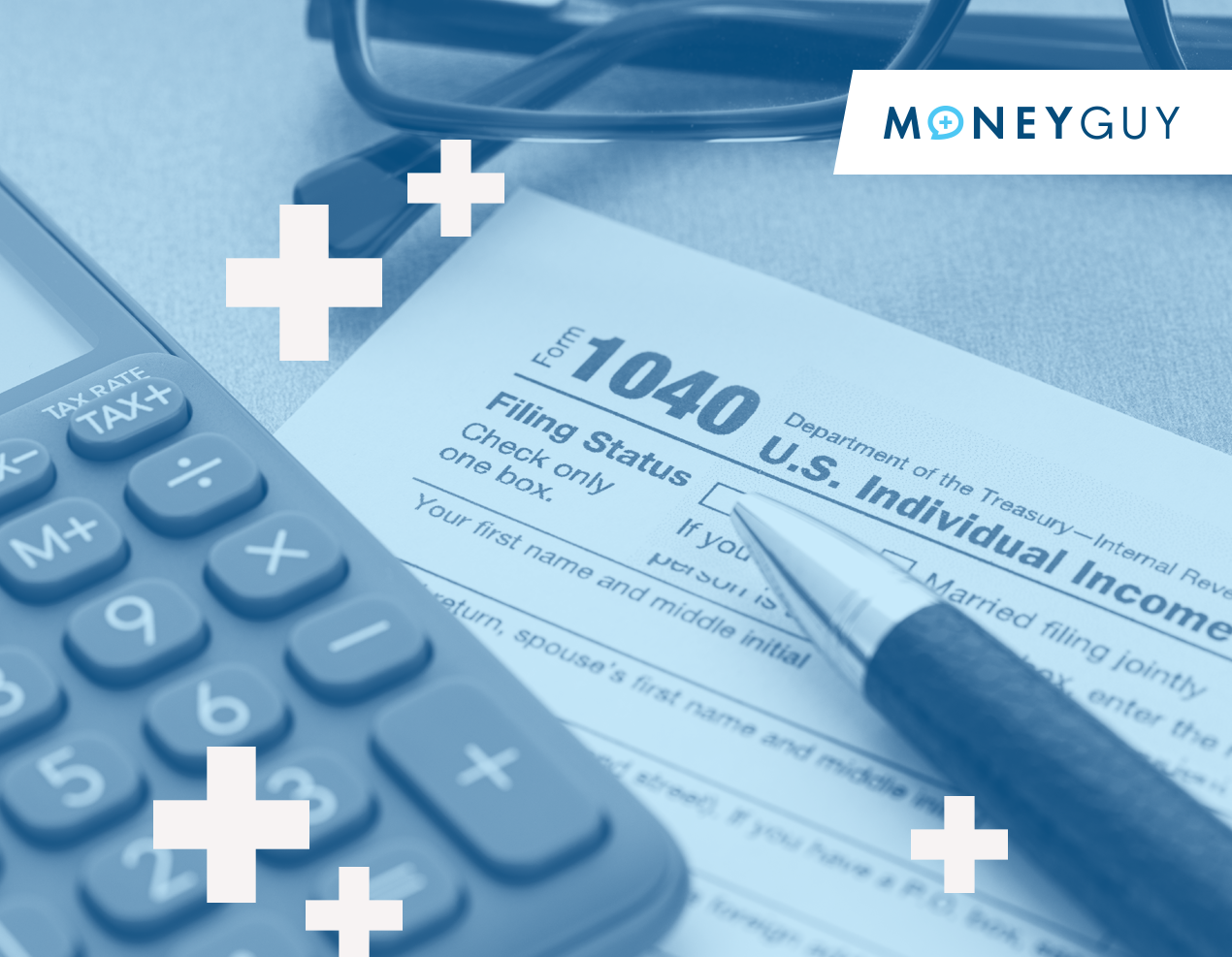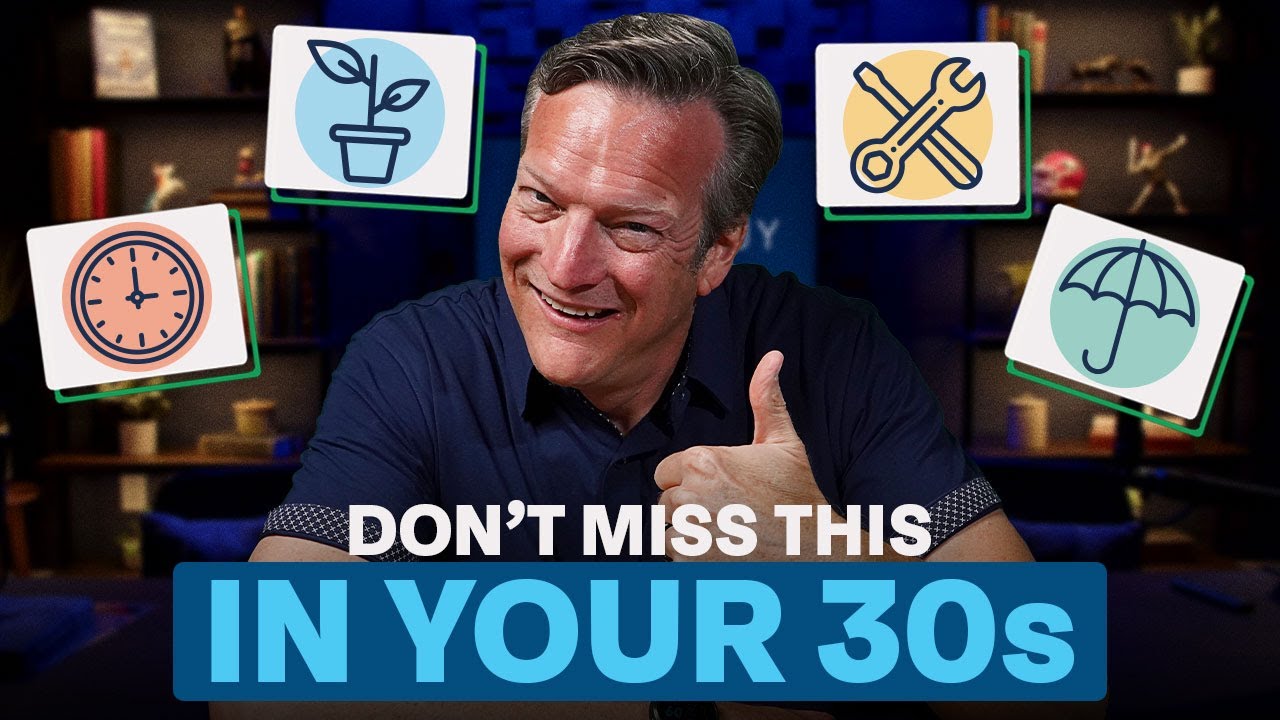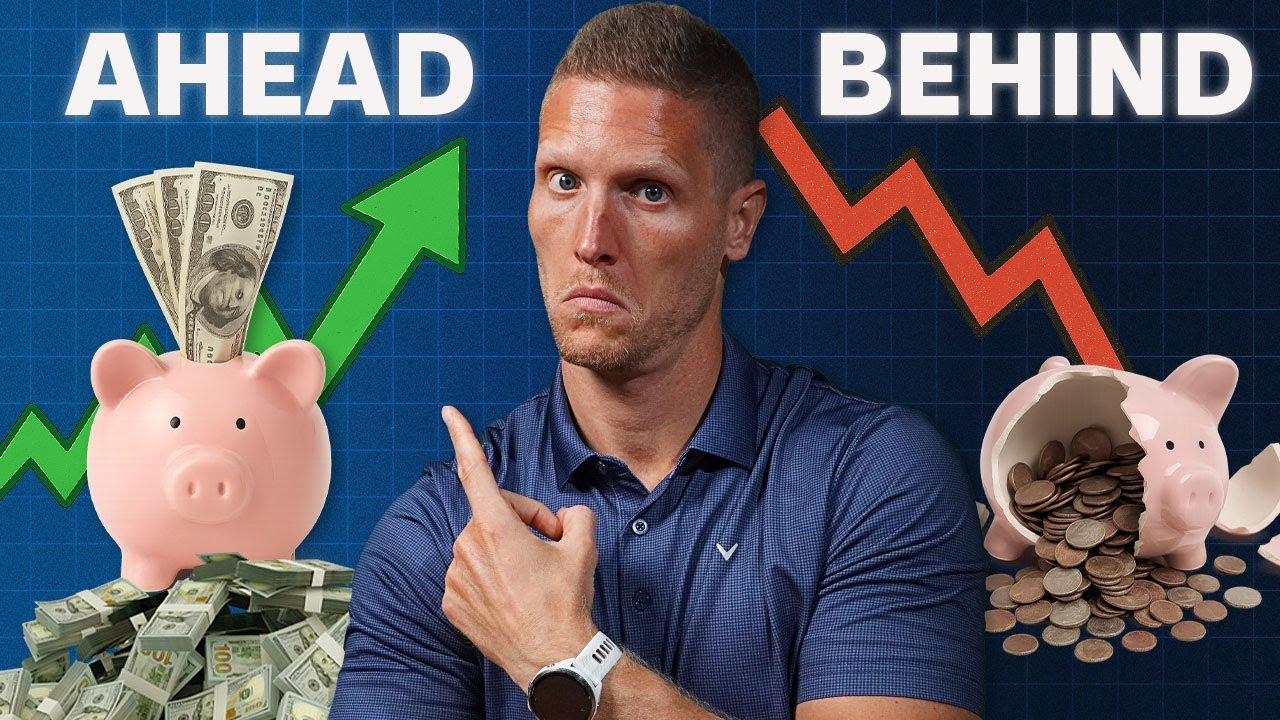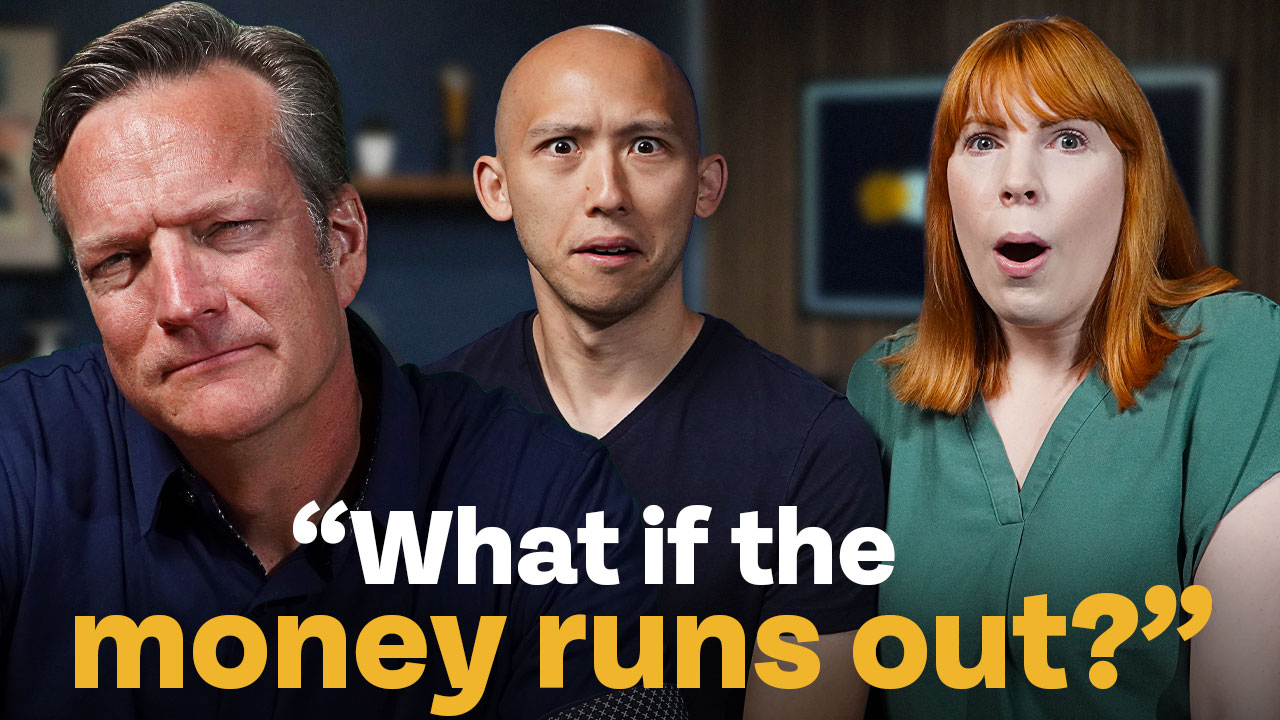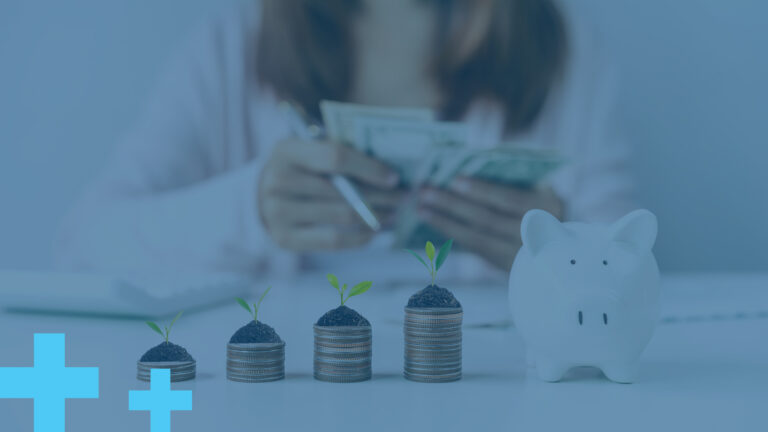Tessa’s question is up next. You talk about critical mass a lot, so what is considered critical mass? We are currently in our mid-30s and are saving 30 to 35% of our income. When should we consider diversifying our investments outside of index mutual funds?
Great, well there’s really two questions there. And you have a book coming out here, it’s coming out in May. May 28th, Millionaire Mission. If people want to know about it, where can they go to check it out?
Yeah, I want you to go to money.com slm millionaire mission and we’ll load you up with all the details, any promos we’re doing currently, and also all the different places you can buy and check it out.
Is this the right time to kind of give them an update on the big announcement too?
Oh yeah, we have a big announcement. Let’s save it till the end.
Save it till the end, save it. We actually—it’s a really good announcement. You talk a little about the critical mass in the book, like it’s one of the things that you talk about. How do I know when I’ve gotten there? How do I know that it’s the point that maybe I should start focusing on this? What would you say, what would you tell Tessa if she’s trying to figure that out for herself?
Well, I think that there’s several components. I do have an entire section in the book, but there is one thing that I wish I could go back and add. At some point, they just tell you, “Brian, quit adding stuff to the book!” because we’ve done social media and we’ve gotten great interaction on it. I would tell you the first thing to pay attention to is how can you get to $100,000 as fast as possible. That’s not officially what I consider full-on critical mass, but here’s what I do know from just playing with the math because we’re nerdy: Even if you’re saving $7,000—I mean $110,000—a year, it’s going to take you approximately 7 years for that money to grow to about $100,000. So you got 70 grand invested, it’s going to take about 7 years to get that additional 30 grand in there, so you reach that. But here’s what’s amazing: on your journey to your first million in these same 7-year period, you’re going to watch your account value go up $500,000. That’s the part that’s amazing.
Now, look, I’m taking out some of the components of the different sections of time, like the $100,000 to $200,000, $300,000 to $400,000, but once you get to—you know, when you’re trying to go from $400,000 to beyond, you’re going to see how much faster it is. So focus on getting money in there early and often at the start of this. The next part is when you get to $600,000, $700,000, $800,000, you’re going to recognize—because we just had a question that said, “Hey, what’s the tax buckets? How do I make sure that I’m structuring my portfolio from a tax location in the most efficient way possible?”—and when do you add bonds to your portfolio versus just having index funds? When do I have real estate and all these other different ways, sweeteners or asset allocators? That’s the type of stuff that, when you reach critical mass, maybe there’s a better way to do money and take the relationship to the next level.
Now look, a lot of people out there, they hate on financial planners right now, but I’m telling you, we give you the answer to 96% of what you need. But you’re going to find, as you get successful, if you do everything we say, learn, apply, grow, and then reach a level of success—that is the abundance cycle—you’ll recognize that success creates complexity. When you start having questions like, “How do I maximize this? How do I minimize taxes? How do I structure my portfolio so I actually have access to it when I want to retire early or do these things? How do I balance the insurance? How do I balance all the benefits of Medicare, Social Security, Roth conversions?” There is a better way to do money waiting for you when you get to that point.
We talk all the time about how early on in your wealth-building journey, your savings rate is exponentially more important than your rate of return. Exponentially more important. You can actually follow the math to see that to be the case. I would argue that you were beginning to approach critical mass when that begins to flip a little bit, when your army of dollar bills—when your foundation has gotten so large that now, when you think about the annual investment returns you’re receiving, it’s now replacing a substantial portion of your income, or maybe the portfolio is growing more in a given year than you’re saving to it. Once your portfolio begins doing that, we’re going to argue that that’s the escape velocity. That’s the critical mass that you’re beginning to hit, to where now you might not be at the pure staying wealthy stage, but you have gotten far enough, mature enough in the getting wealthy stage, that you can begin adding some of these other components.
If you focus a ton on asset location and all this type of stuff when you’ve got $10,000 in your portfolio, you’re just going to spend a whole lot of time for not a whole lot of benefit. You start thinking about those things when you have $500,000 in your portfolio, and it’s going to be very different—the impact that those decisions you’re making are going to have.
Yeah, and it works on both the plus and the negative, because there’s also “get wealthy” behaviors and “stay wealthy” behaviors. So that’s the other part: Once you get to seven-figure status with several million dollars, when you lose 30, 40, 50%, you know how hard it is to recover that because mathematically, I mean, you lose 50%, you gotta make 100%. That’s what people don’t realize. Whereas, you lose 20%, you only have to make 25% to get back. It’s funny how math works. So that’s why you have to take your thinking to a higher level, but in the beginning, just get as much as you can in there. Get in there early, get in there often, always be buying.
Did Tessa say she’s in her mid-30s and saving 30 to 35%?
She did.
That’s incredible! Did she give us an indication of where she is in her portfolio? Did she tell us what her portfolio size is or anything?
She did not, but that’s— to be in your mid-30s, like, that’s messy middle stage, and to be saving 30 to 35% is incredible. I’d encourage you, if you haven’t checked out the Know Your Number course, maybe do that to see, “Okay, what am I moving towards? Where am I at now? How close am I? Am I at the place where maybe I should start thinking about some of these things?”
No doubt, that’s awesome.


